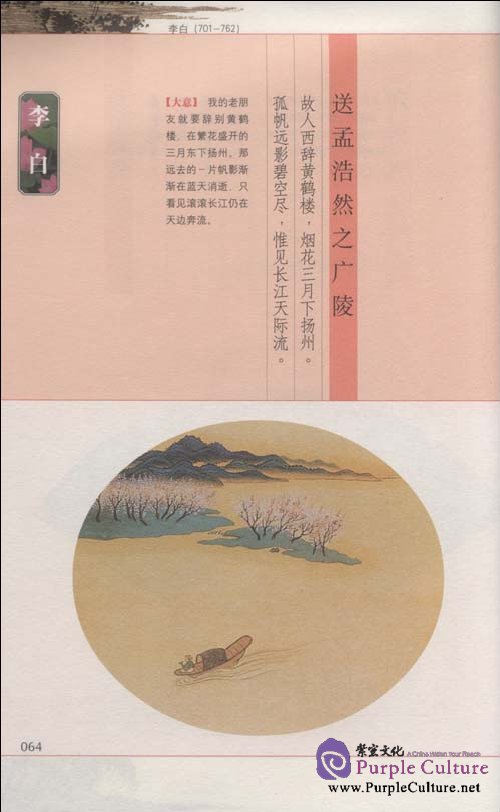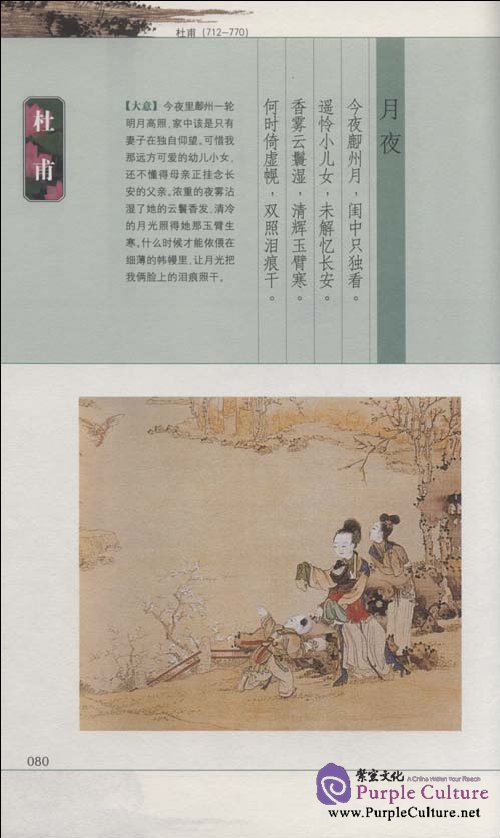Sample Pages Preview

 Preface
Preface
The poems of the Tang dynasty (618-907) and the Song dynasty (960-1279) mark the twin peaks in classical Chinese literature. Even today, poets such as Li Bai, Du Fu, Wang Wei, Bai Juyi, Li Shangyin, Su Shi, Xin Qiji and Li Qingzhao are still commonly read as an integrated part of Chinese culture.
A number of characteristics and factors contribute to the significance of the Tang and Song poetry, but one of the most salient lies in the evocation and suggestion through its organic imagery structure. In traditional Chinese poetics, it is "yijing", which practically defies translation, but it may be said as something close to "the world of meanings through images." Most of these poems are short, with only four or eight lines in length, and each line consisting of five or seven characters, but it is through the subtle, suggestive, and substantial images - with the syntax flexibility and in the spatial form, whether juxtaposed with statement or not - that the Tang and Song poetry succeeds in speaking through the centuries, echoing with inexhaustible responses from readers in China, as well as elsewhere in the world.

